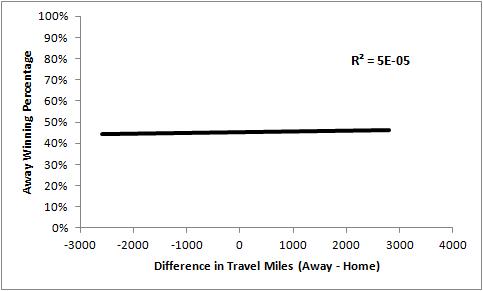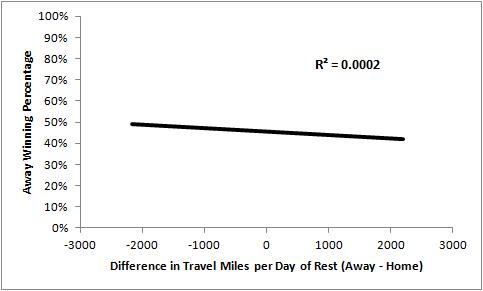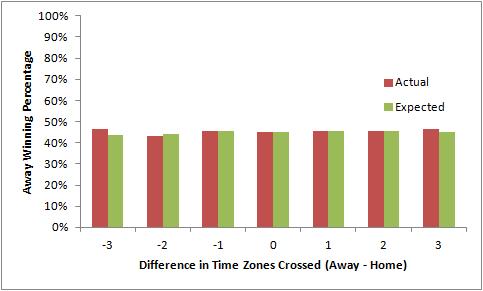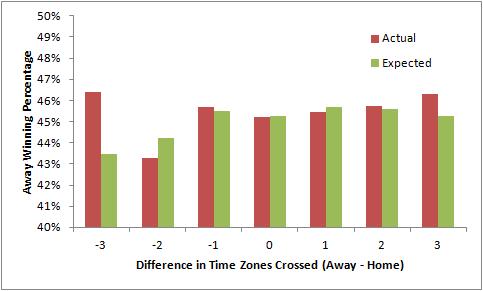Yikes, has it already been 5 weeks? Sorry for the second long hiatus, but here are the updated ratings for the home stretch of the playoff push, along with 10000 simulations of the rest of the regular season and playoffs:
| Rank | Team | ELO Rating | ELO Change | Rank Change | Average Points | Stanley Cup | Strength of Schedule | President Cup | Division Winner | Playoffs | Δplayoff Percentage |
| 1 | WAS | 1606 | 41 | 1 | 117 | 22% | 0.2 | 56% | 68% | 100% | 5% |
| 2 | PIT | 1585 | 2 | -1 | 113 | 13% | -4.1 | 18% | 24% | 100% | 0% |
| 3 | MIN | 1569 | 15 | 0 | 113 | 12% | -1.1 | 19% | 90% | 100% | 1% |
| 4 | SJ | 1555 | 5 | 1 | 106 | 10% | -6.2 | 1% | 75% | 100% | 2% |
| 5 | NYR | 1549 | -3 | -1 | 103 | 7% | 1.9 | 1% | 1% | 98% | 3% |
| 6 | ANA | 1538 | 3 | 2 | 100 | 6% | -9.8 | 0% | 20% | 99% | 8% |
| 7 | CHI | 1537 | -7 | -1 | 102 | 5% | -3.3 | 0% | 10% | 100% | 1% |
| 8 | CLB | 1532 | -9 | -1 | 108 | 4% | 7.2 | 5% | 7% | 100% | 1% |
| 9 | NAS | 1522 | 9 | 4 | 93 | 3% | 4.2 | 0% | 0% | 82% | 20% |
| 10 | MON | 1515 | -5 | 1 | 101 | 4% | -1.0 | 0% | 68% | 97% | 5% |
| 11 | NYI | 1512 | 17 | 7 | 91 | 1% | -0.8 | 0% | 0% | 42% | 25% |
| 12 | STL | 1512 | -18 | -3 | 91 | 2% | -1.5 | 0% | 0% | 76% | -14% |
| 13 | LA | 1509 | -4 | -1 | 92 | 2% | -4.8 | 0% | 1% | 83% | 6% |
| 14 | OTT | 1503 | 6 | 3 | 96 | 2% | -3.6 | 0% | 24% | 83% | 14% |
| 15 | TB | 1503 | -26 | -5 | 85 | 0% | -1.2 | 0% | 0% | 14% | -49% |
| 16 | DAL | 1501 | -10 | -2 | 84 | 1% | 1.4 | 0% | 0% | 22% | -33% |
| 17 | BOS | 1500 | -3 | -2 | 89 | 1% | -0.8 | 0% | 1% | 34% | -12% |
| 18 | FLO | 1488 | -3 | 1 | 88 | 0% | 1.4 | 0% | 1% | 27% | 4% |
| 19 | PHI | 1480 | -20 | -3 | 88 | 0% | 6.1 | 0% | 0% | 16% | -32% |
| 20 | CAR | 1475 | 0 | 1 | 88 | 0% | 1.8 | 0% | 0% | 20% | 0% |
| 21 | WPG | 1475 | 1 | 1 | 82 | 0% | 3.4 | 0% | 0% | 13% | -10% |
| 22 | EDM | 1471 | 14 | 2 | 95 | 1% | -3.0 | 0% | 4% | 92% | 40% |
| 23 | TOR | 1470 | 14 | 2 | 90 | 1% | 2.2 | 0% | 4% | 47% | 31% |
| 24 | CGY | 1468 | -8 | -4 | 85 | 0% | -2.8 | 0% | 0% | 28% | -20% |
| 25 | DET | 1467 | 3 | -2 | 84 | 0% | 3.7 | 0% | 0% | 8% | 2% |
| 26 | NJ | 1462 | 11 | 0 | 85 | 0% | 4.4 | 0% | 0% | 7% | 4% |
| 27 | BUF | 1450 | 6 | 0 | 82 | 0% | 0.7 | 0% | 0% | 6% | -1% |
| 28 | VAN | 1438 | 2 | 0 | 80 | 0% | 2.6 | 0% | 0% | 6% | 1% |
| 29 | COL | 1404 | -28 | 0 | 59 | 0% | 3.3 | 0% | 0% | 0% | -1% |
| 30 | ARI | 1403 | -9 | 0 | 67 | 0% | -0.7 | 0% | 0% | 0% | 0% |
All in all, not a lot of drastic change in the rankings for the long hiatus. The Islanders are starting to look much stronger, while St. Louis and Tampa are starting to fade away.
The big news today (especially here in the northeast) is the firing of Claude Julien by the Boston Bruins. Now certainly the Bruins have kind of disappointed and failed to live up to expectations recently. They finished with the 13th best ELO last season, but failed to make the playoffs. In the 2014-2015 season, the Bruins actually finished as the 5th best team in ELO, but also missed the playoffs.
This year, they have been pretty much the definition of mediocre, but they haven’t really been failing to meet expectations like the last couple of years. Below are ELO has expected them to do in the season so far based on win probabilities, and their actual record:
| GP | Points | Wins | Losses | OT Losses | |
| Expected | 55 | 62.4 | 28.0 | 20.6 | 6.3 |
| Actual | 55 | 58 | 26 | 23 | 6 |
Of course, while they haven’t been doing much worse than expected, that 4.4 points would have them in second place in the Atlantic Division right now.
Last year I looked at how changing coaches changed team’s outcomes down the stretch (Minnesota ended up +5 after Mike Yeo’s firing), and found that the major change is a drastic increase in variability: teams either became great after finding a new coach, or disappeared into the cellars. If nothing else, Julien’s firing will probably shake up Boston’s place in the table.



